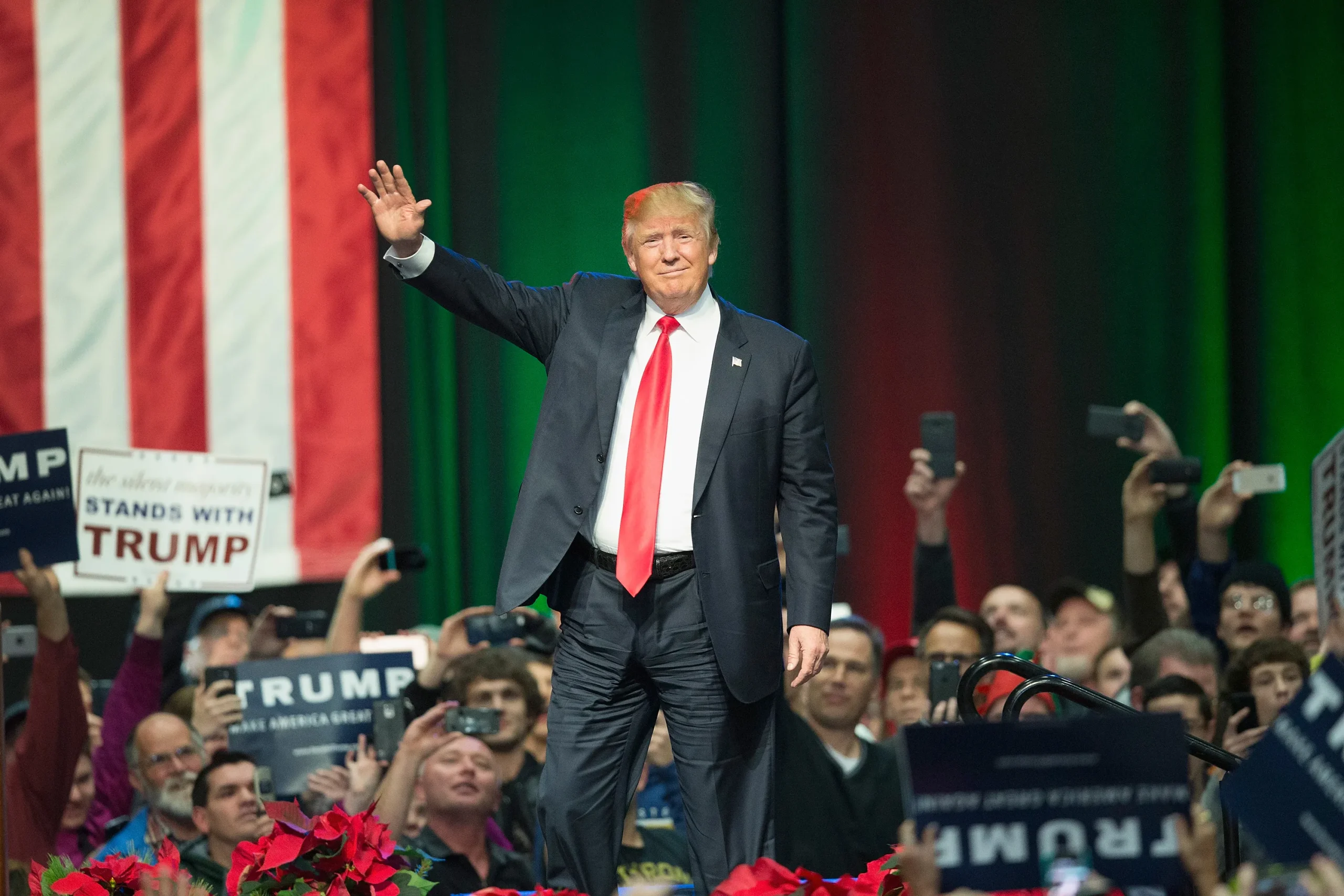The New Republic sparked controversy with a cover image likening a potential Trump victory to the rise of fascism, drawing parallels to Hitler’s 1932 campaign. The publication defended its choice, arguing that historical hindsight often downplays early warning signs, emphasizing that Hitler initially operated within democratic norms before exploiting them to dismantle democracy once in power.
This analogy drew swift criticism, with detractors accusing The New Republic of sensationalism and hyperbole, dismissing the comparison as unfounded and disrespectful to historical context.
Critics pointed out that labeling Trump as Hitler ignores the complexities of history and diminishes the severity of Nazi atrocities. They argued that such comparisons trivialize the suffering of those affected by actual fascism and Nazi regime, suggesting it was a desperate attempt at fear-mongering rather than serious analysis. This sentiment was echoed widely on social media, where many ridiculed the publication’s stance, questioning its journalistic integrity and credibility.

Supporters of The New Republic defended the provocative imagery as a stark warning against complacency, urging vigilance against authoritarian tendencies they perceive in Trump’s political rhetoric and actions. They asserted that democratic institutions should not be taken for granted and must be safeguarded against potential threats posed by leaders with autocratic leanings.
The New Republic’s depiction ignited a heated debate about the boundaries of political discourse and historical analogy in contemporary media, highlighting deep-seated divisions over interpretations of current political events and their parallels with past authoritarian regimes.


